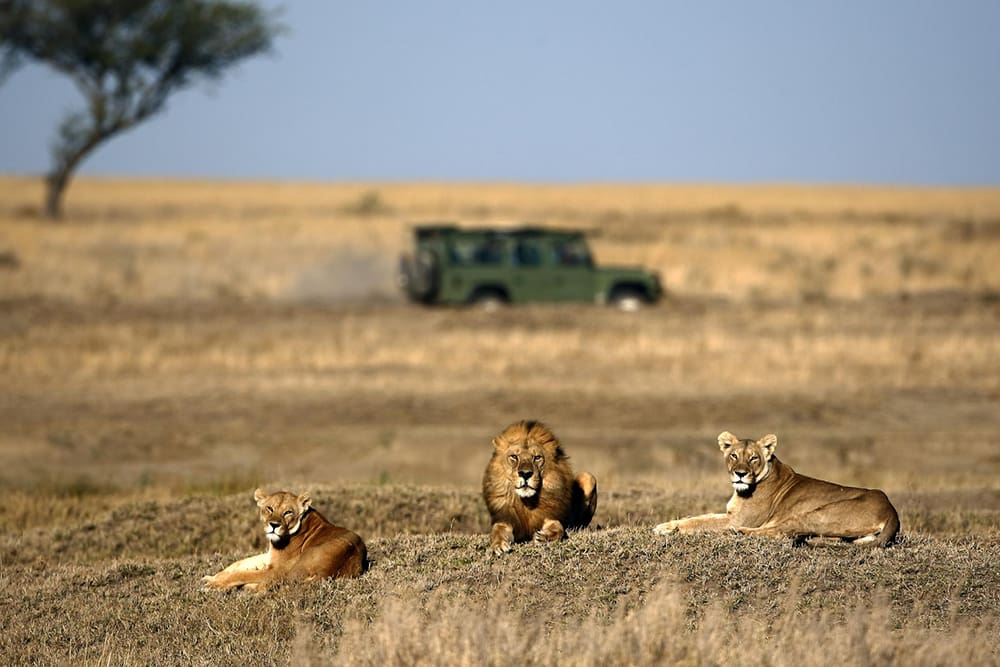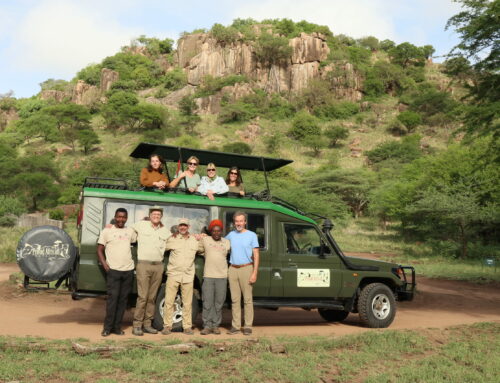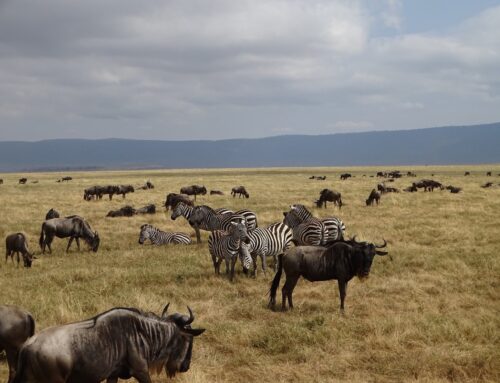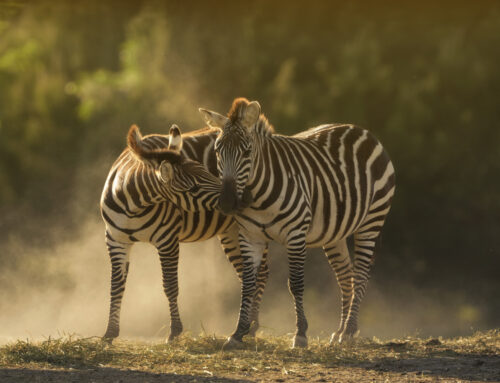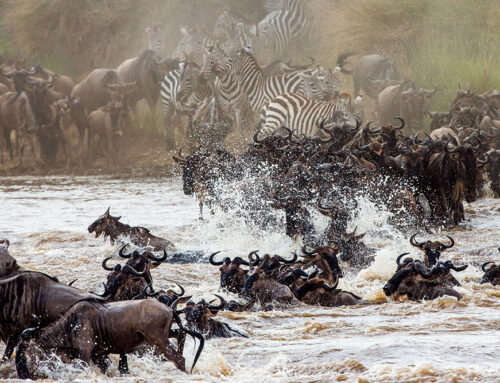As the human presence has left an impactful trace on the lands of Africa, the efforts to conserve wildlife have become greater themselves and challenged by more complex problems. If the first organized efforts to preserve wildlife species were focused on the animals themselves, today it is crucial to look at Africa’s human-animal cohabitation as a whole and address the issues that arise both ways.
Now more than ever, we are facing a vast network of endangering factors for African wildlife, with climate change being one of the biggest “monsters” conservationists have to fight. Local and global efforts to slow down the effects of climate shifts are constantly made, but the African continent needs wildlife conservation solutions that are adaptive, uninterrupted and that look at the bigger picture.
What Are Conservancies and How Do They Contribute to the Bigger Picture?
Conservancies are state or private-owned lands used for the sole purpose of serving wildlife conservation. It does so by keeping the animals safe and providing a relatively untouched habitat and by giving the humans on these territories sustainable means of living. The focus shifts from the wildlife to the relationship between it and humans, which provides a more stable, long-term solution.
By addressing problems caused by climate change in the life of African farmers and giving them alternative sources of income, conservancies are stopping humans from extending their territories into wildlife territory and from poaching. By finding models that actually work and bringing new ideas into a scalable form, conservancies not only educate, but they directly transform the way the human population of Africa lives to increase benefits not only for itself but for the surrounding wildlife.
As a tourist, choosing services provided by locals who live in a conservancy and paying them to provide accommodation directly contributes to a better future in wildlife conservation.
As the human presence has left an impactful trace on the lands of Africa, the efforts to conserve wildlife have become greater themselves and challenged by more complex problems. If the first organized efforts to preserve wildlife species were focused on the animals themselves, today it is crucial to look at Africa’s human-animal cohabitation as a whole and address the issues that arise both ways.
Now more than ever, we are facing a vast network of endangering factors for African wildlife, with climate change being one of the biggest “monsters” conservationists have to fight. Local and global efforts to slow down the effects of climate shifts are constantly made, but the African continent needs wildlife conservation solutions that are adaptive, uninterrupted and that look at the bigger picture.
What Are Conservancies and How Do They Contribute to the Bigger Picture?
Conservancies are state or private-owned lands used for the sole purpose of serving wildlife conservation. It does so by keeping the animals safe and providing a relatively untouched habitat and by giving the humans on these territories sustainable means of living. The focus shifts from the wildlife to the relationship between it and humans, which provides a more stable, long-term solution.
By addressing problems caused by climate change in the life of African farmers and giving them alternative sources of income, conservancies are stopping humans from extending their territories into wildlife territory and from poaching. By finding models that actually work and bringing new ideas into a scalable form, conservancies not only educate, but they directly transform the way the human population of Africa lives to increase benefits not only for itself but for the surrounding wildlife.
As a tourist, choosing services provided by locals who live in a conservancy and paying them to provide accommodation directly contributes to a better future in wildlife conservation.

